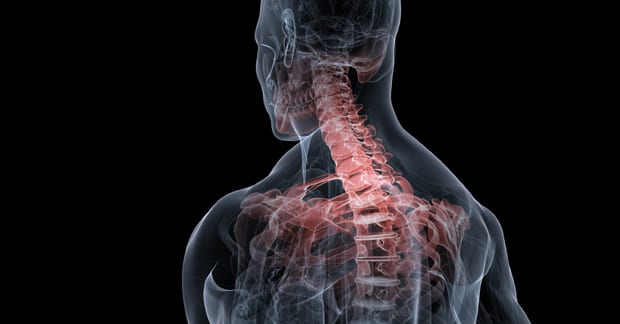We have all heard about the “placebo effect” and the “power of positive thinking.” A placebo, according to Wikipedia, is “…a simulated or otherwise medically ineffectual treatment for a disease or other medical condition intended to deceive the recipient.” When a placebo is used, it will sometimes have a perceived beneficial effect. When this occurs, it is referred to as “the placebo effect.” Placebos are commonly used in research where one group will be given the “real” treatment, another a “placebo,” and a third group will be given nothing at all. The evaluators are usually blinded as to who received which of the three approaches. The group receiving the placebo is carefully compared with the other two groups (the real treatment group and the no treatment group). Common placebos include inert tablets (sugar pills), sham treatment (which may include surgery, detuned electrical stimulation, sham acupuncture, sham manipulation, etc). What is compelling and interesting is that the placebo often has a surprisingly positive effect on the patient’s symptoms and because of this, research is quite extensive trying to figure out why even placebos can benefit patients.
The phrase, “…the power of positive thinking” has also been around a long time. Again, studies have shown that when a patient’s treatment plan is presented in a detailed fashion with a “positive spin” compared to when the healthcare provider seems skeptical that it might help, the results favor the positive presentation. Call it what you will – the power of positive thinking, faith, hope – it does appear to be an important part of the formula to obtain a positive outcome from treatment, any treatment.
When considering the placebo effect of chiropractic, specifically cervical manipulation and its effect on neck pain and headache, a landmark study published by medical doctors revealed significantly greater benefits of cervical manipulation for acute, as well as subacute and even chronic (pain > 3 months) neck pain when compared with other forms of treatment (muscle relaxants or “usual medical care”). They reported their study demonstrated that spinal manipulation benefits patients with tension-type headaches. They also reported that the complication rate for cervical spine manipulation is low, estimated to be between 5-10 per 10 million manipulations. Another very supportive study looked at the immediate effects from only one cervical spine manipulation (CSM) using objective instruments that measured pain (algometry) and strength (grip strength dynamometer) on patients with elbow tendonitis pain (lateral epicondylitis). The patients received either CSM or a “sham” method they refer to as “manual contact intervention” or MCI. The “real” treatment group (CSM) showed a significant increase in grip strength and reduced pain compared with the MCI/sham group.
The “take-home” message here is clear. Cervical spine manipulation has been shown to be superior to sham manual treatment (placebo), as well as muscle relaxers, or “usual medical care” for neck pain and headaches. Second, cervical manipulation clearly outperformed the placebo effect in patients with elbow pain. Simply put, chiropractic works!!!!
Thousands of Doctors of Chiropractic across the United States and Canada have taken "The ChiroTrust Pledge":
“To the best of my ability, I agree to
provide my patients convenient, affordable,
and mainstream Chiropractic care.
I will not use unnecessary long-term
treatment plans and/or therapies.”
To locate a Doctor of Chiropractic who has taken The ChiroTrust Pledge, google "The ChiroTrust Pledge" and the name of a town in quotes.
(example: "ChiroTrust Pledge" "Olympia, WA")
Content Courtesy of Chiro-Trust.org. All Rights Reserved.

